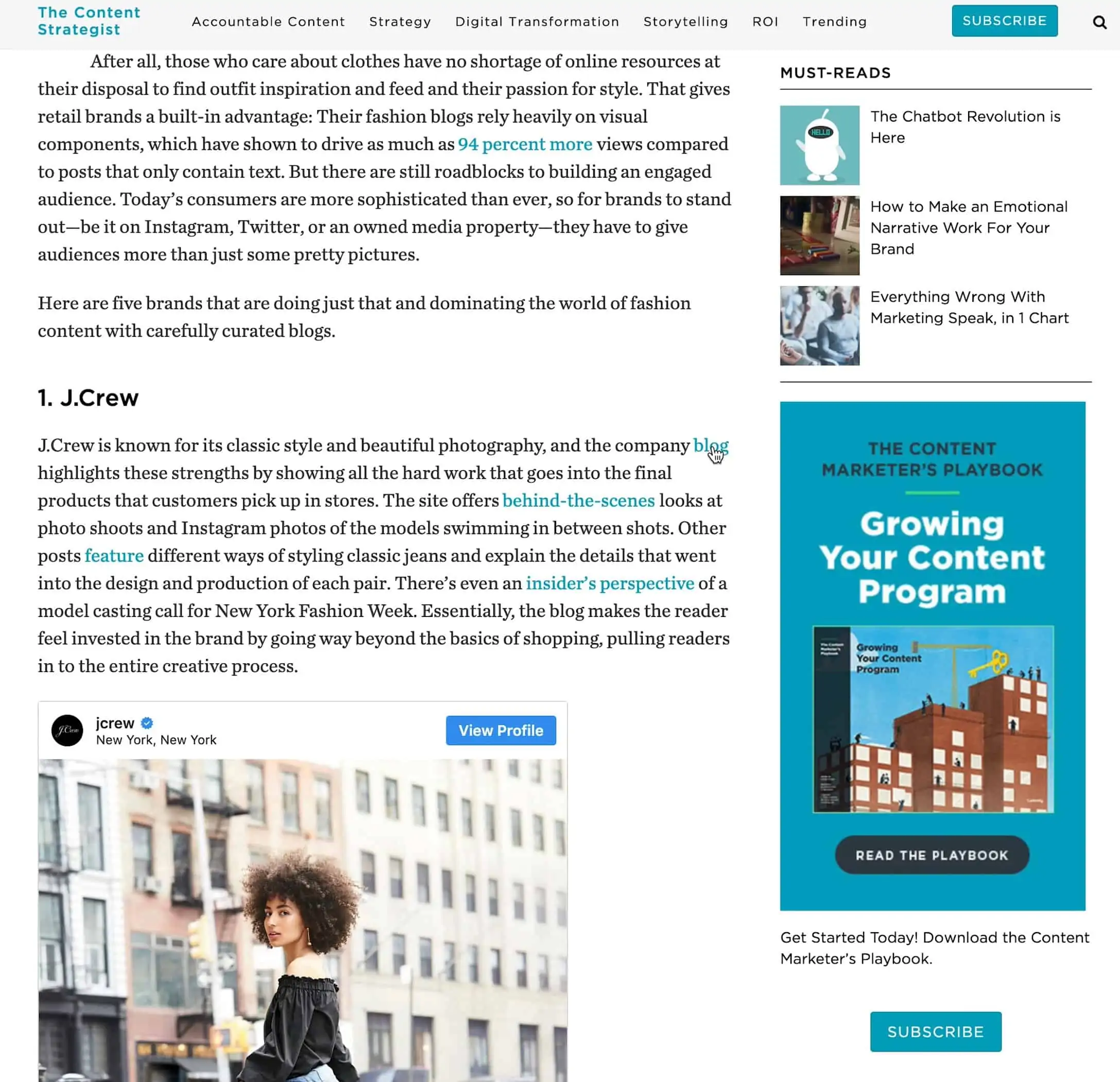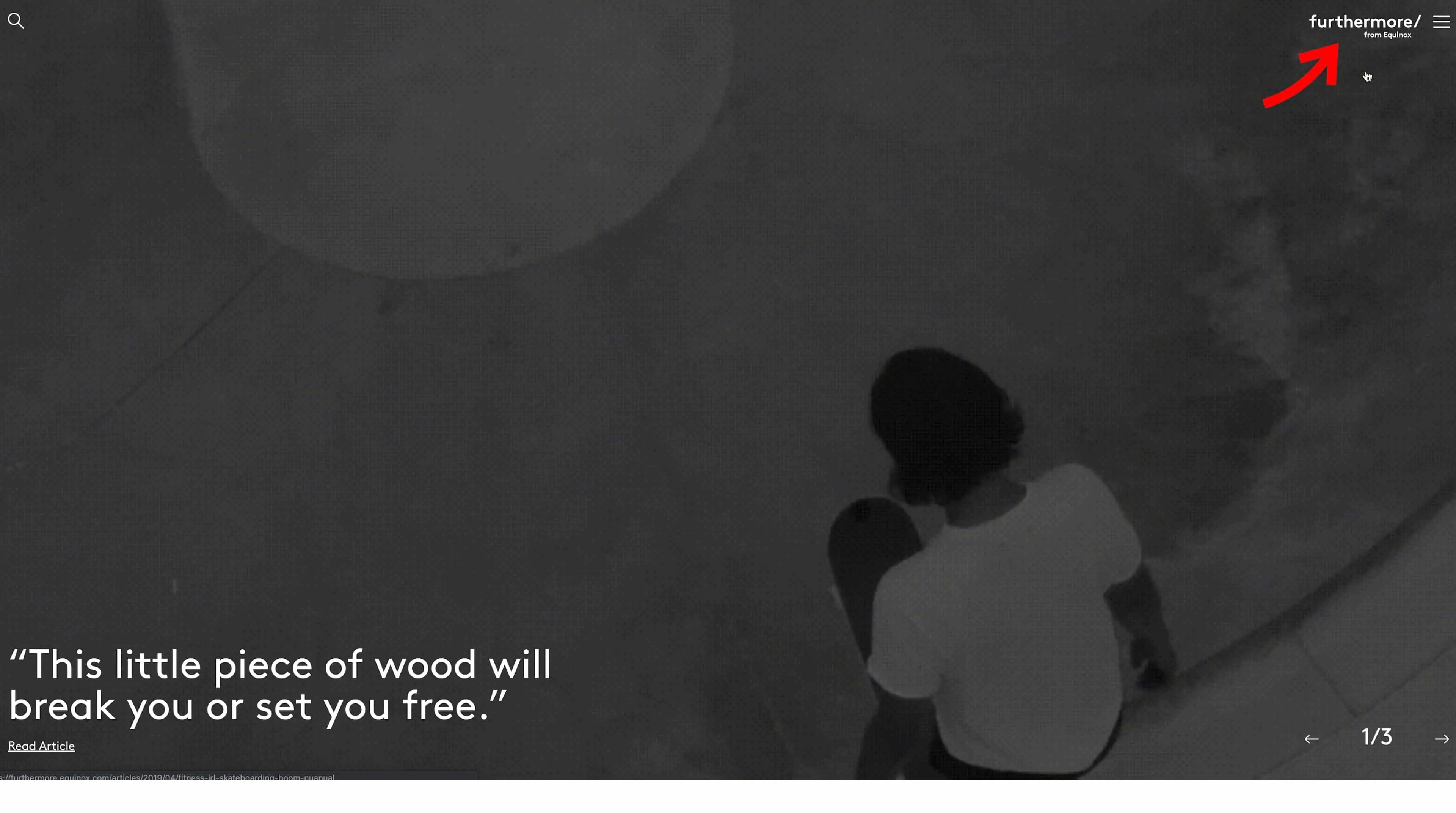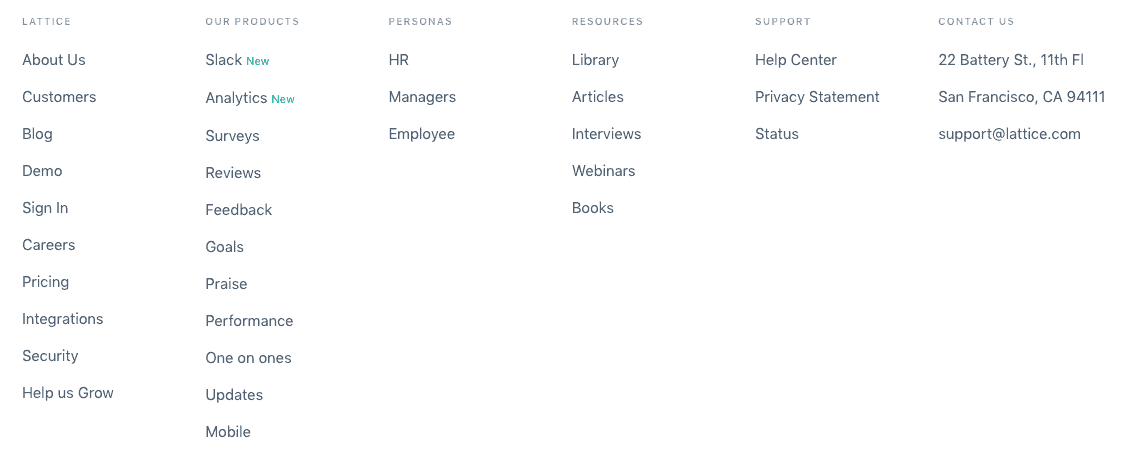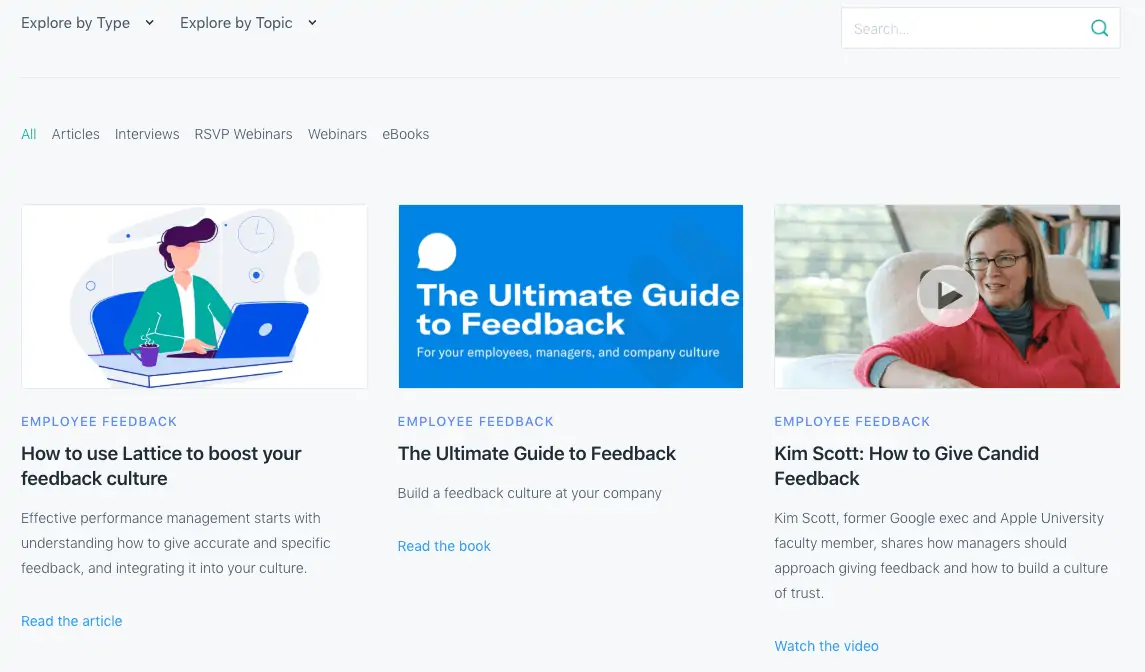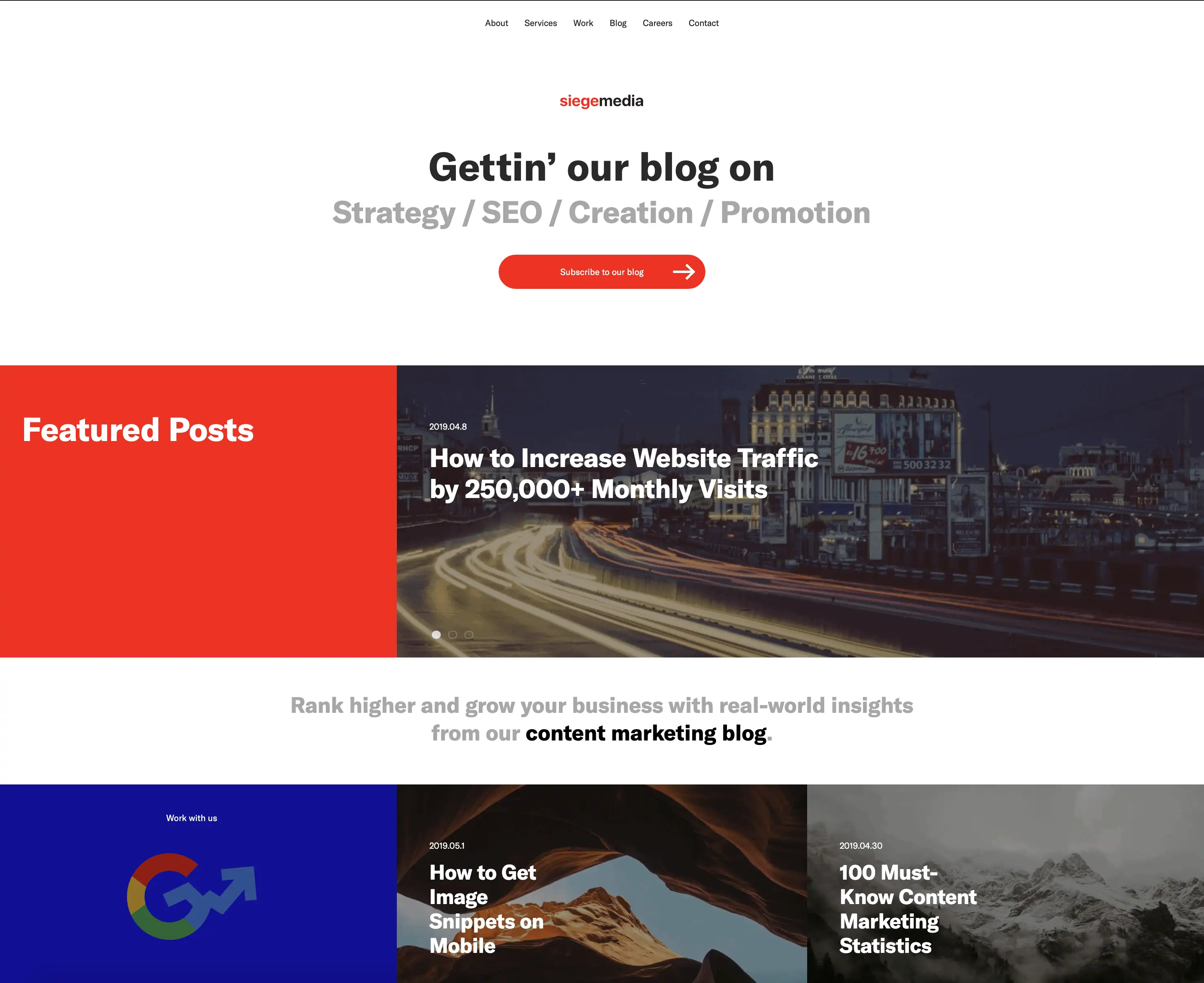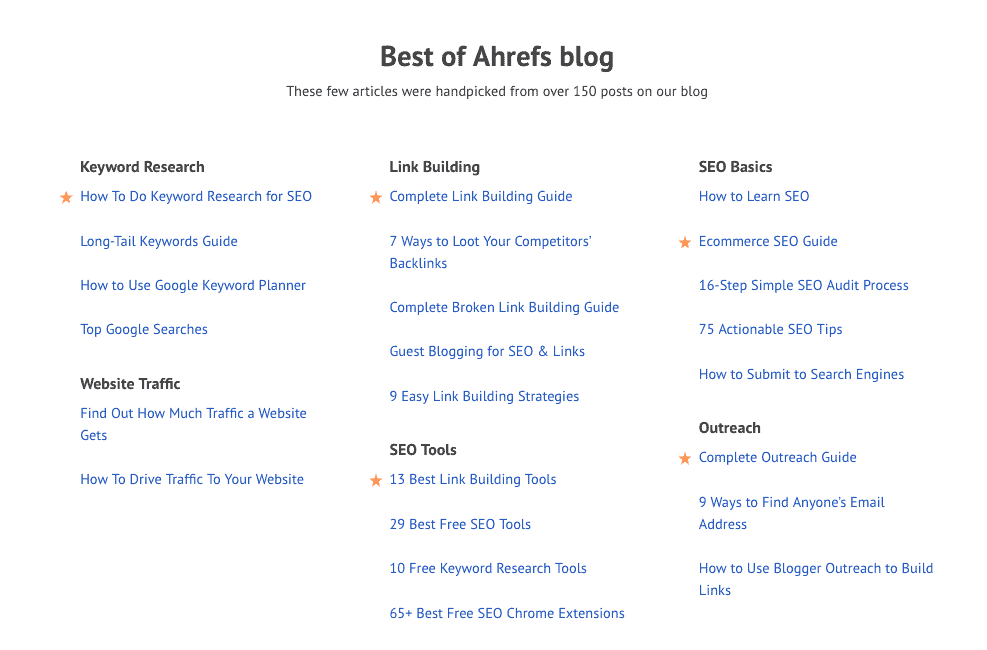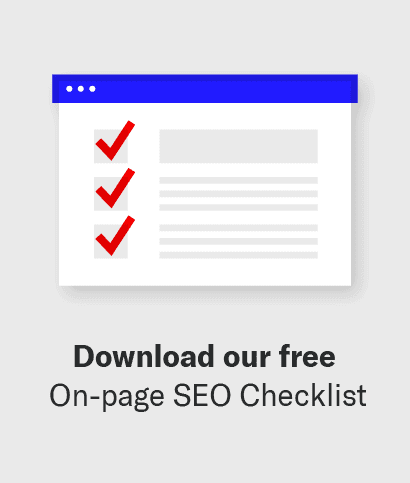We need to blog. We need to do content marketing. That was a common refrain in 2010, and in some ways still is.
This philosophy, though, often ends up in blogs that are created without much thought. Content is created, and is never seen. The blog ends up as a graveyard, and as a graveyard that never drove value for the core business.
To avoid this peril, you need to setup your blog correctly for SEO. In this video, I break down exactly how you can do that and also, the common mistakes we see.
Video Transcription
Hi everyone. This is Ross, founder of Siege Media. Today I want to talk to you about why your blog is most likely set up incorrectly for SEO, and also just general use.
So a recent article that was pretty popular by Jimmy Daly of the Animalz team was the idea that your blog is not a publication.
This was a great post that highlighted the fact that users these days do not visit a blog to just view the newest post, at least for business blogs. People don’t interact that way. Instead, they want to solve a problem, and rarely does that happen through the very traditional, newest to oldest blog structure as we imagine it.
Instead, we should think of our blogs, or rather our content sections, as a library—more of an organization of useful information that solves problems. This was a great insight from Jimmy that also leads into other details that I think are also very wrong about how many people approach their blogs today.
So one thing I saw recently in doing some research for a presentation is a lot of brands put out these crazy, amazing blogs—super customized, they’re very fancy. The feeling I’ve gotten is that in general, they’ve kind of receded in value—if they actually ever had value. People just thought, because they had to do content marketing, that these were things they had to do.
To find an example of this is in action, I did a search for best brand blogs to just confirm this thesis. I found this article on the Content Strategist of “5 Fashion Blogs From Brands That Are Killing The Game.” This was published in 2015.
I looked at those five blogs and four of the five are now dead, and the one that is not dead is more of like a product press release type setup now.
That is an indicator of exactly this reality. This old school, kind of the early or mid-2000s mindset of, “We need a fancy blog and to be publishing” without really understanding of how to do it to generate ROI. It came to fruition that they weren’t realizing ROI from that effort and eventually those efforts were paused.
But that doesn’t mean that content creation or content marketing isn’t high value. It actually is high value. We just have to do it the right way. One thing I think in particular that so many of these blogs do wrong is that they do not push to a shopping experience.
So if we look at an example like Hallmark, one thing that they do differently from a content organization section is that Hallmark actually has their shopping links in their navigation.
So you can experience a blog post that relates to the shopping experience in some way, and from that exact same spot, you can go to their navigation very easily, and it feels exactly the same as the main site experience.
From an SEO perspective, now if you get links into this content marketing section, there’s no indirect funneling of that value. It is directly right there.
Compare that to a site like Equinox. If you look at this site, in the navigation, there are no shopping links whatsoever. They’re pushing the fluff name of their new blog experience and content experience. And if you actually try and click on their logo, you can’t even get back to the main site, it redirects back to a blog.
If you really want to find their site link, you have to have to go all the way into the footer and click home in order to get that. Yes, it links to other content sections and some other links and things like that.
But if you think about just the link equity distribution of simply one link back to the home page as compared to 100, and also just the shopping experience of not pushing back to that main site in the navigation, you’re not really creating a high ROI experience.
It doesn’t have to be super commercially minded just because there’s a header and a footer. You can still be non-aggressive in the body and users will not bounce or think you’re selling something that aggressively. This is the perfect balance.
I think so many blogs actually took the Equinox experience of trying to create fluff, a fancy publication that looks like a magazine. But in reality, they are going so far away from an SEO-minded, actual bottom line-minded revenue experience that they eventually killed their work because of that.
So my real suggestion is an example like Lattice and their library section, which Jimmy Daly mentions in his post.
You see in their footer they’re linking to various important pages. Their nav is the exact same experience on their content section, and this is how a blog should, or really a content section should, be experienced to get maximum ROI from those efforts for someone who lands on those.
In addition, the way they organize their content is they think of things as an organization of information rather than a newest to oldest experience. So for your business, you’d want to consider how people experience problems and want to solve them.
They consider it a library—it might not be called “Library,” it can be “Learn,” what have you—for them but they drill down by the actual problems they have as an HR solution. So if you’re an HR person, and you have a specific problem that you’re thinking about, thinking about signing up for software that can solve that solution, you would go to that specific problem.
An example is they have performance reviews. Maybe you’re realizing you now have 100 people at your organization, and the act of doing performance reviews is really laborious for you. So you would specifically want to drill down into that problem area and reveal the insights of that information and it would be segmented by that.
Compare that to the traditional Equinox blog that is probably all over the place in terms of structure and focus, and is not really addressing the problems that people have. That is going to result in users bouncing, and not having higher time on site. It is also not going to be organizing that data from a powerful SEO perspective, which is all going to result in less effective content strategy for you.
You can see when you drill into the specific sections for the Lattice blog, they also organize by specifically those topics. So if someone really wants to give employee feedback in this situation or solve problems around that, they can read multiple articles on it and build credibility and trust in that Lattice brand. This is probably more likely to actually drive sales for them.
And it’s probably not coincidence that that top left the article is how Lattice can specifically solve those problems and help build culture at your organization.
You can see how that can be valuable for them in organizing content. And even more powerfully, this structure is going get the most important pages higher in your hierarchy and organized appropriately as compared to that newest to oldest structure.
In their example, you also silo out those specific themes of employee feedback, employee performance reviews, etc. Those things basically give you the insights and the value that is more accurately broken out in this kind of structure that can be valuable to you.
And if you’re not Lattice, and don’t have the structure and the time to do this in like five seconds, a quick hack to make this change would be to just to put something like a featured post or featured content section at the top of your blog.
So we realized when we were doing this incorrectly that we could at least take a shorter-term solution and put a featured post section with our go-to asset that most of our customers would want to look at, which is our how to increase website traffic post.
So you couldn’t really find this on our site without deeply looking until we really surfaced this and made sure on the blog everyone can see this every time they come in.
So for you, it might be a different set of important pages, but this could be a quicker hack to get something live while you potentially work on the overarching library concept, should you agree that that is right for your business.
That isn’t to say the newest to oldest is completely something to abandon. For Lattice, what they do is they have their organization up top and at the bottom, they put that most recent section that adds value and for the kind of person who maybe wants the news about HR in some way, or obviously an SEO wants the most recent thing, that makes sense to solve that in that kind of fashion.
So it’s still below the fold and it’s just one solution that you could use in order to do that.
For the SEO audience that we have, the Ahrefs blog, they do things in a different way where they just have three posts at the top that are the most recent to oldest, which is a nice way of highlighting the newest, freshest stuff for them.
But when you actually go deeper on their blog index, they have a lot of real estate dedicated to those most important pages that they surely want to drive people to for two reasons.
One for link equity flow from their homepage from that section, and second, because I’m guessing a lot of these actually drive conversions and sales for them.
So that blog index set up for them in a very tech-heavy, a lot of change kind of thing is vital and helps them achieve both goals and solve for that. But that doesn’t mean you necessarily want to completely abandon newest to oldest or getting people new content.
I think social media is a good way of getting people that kind of information. You can go to Twitter where it’s a more natural newest to oldest and will always be, or Facebook, or whatever social network of choice makes sense for you.
And of course, email as well I think has that incentive or knowledge that you’re going to get the newest to oldest content when you distribute through that channel.
So Ahrefs asks you if you’d like to get notified of those new articles and you could have a similar call to action on your content and your site in order to drive them to that information and actually get them to sign up and get that fresh content while still achieving the goals of that ideal blog.
So to summarize, I think a lot of people are doing blog content wrong for a few reasons from an SEO and user-experience perspective and that’s why they abandon it. It’s because the header and footer does not push to shopping experiences, the blog is newest to oldest rather than being an organization of the problems people really have, and they’re not organized appropriately to get the most important page higher in the hierarchy in order to get them the more SEO value that they need.
So hopefully this was of use to you. If you like it, please give us a thumbs up, subscribe and let me know what you thought in the comments. Thanks for watching.


